World
US Airlines Face Challenges in Launching Vietnam Routes
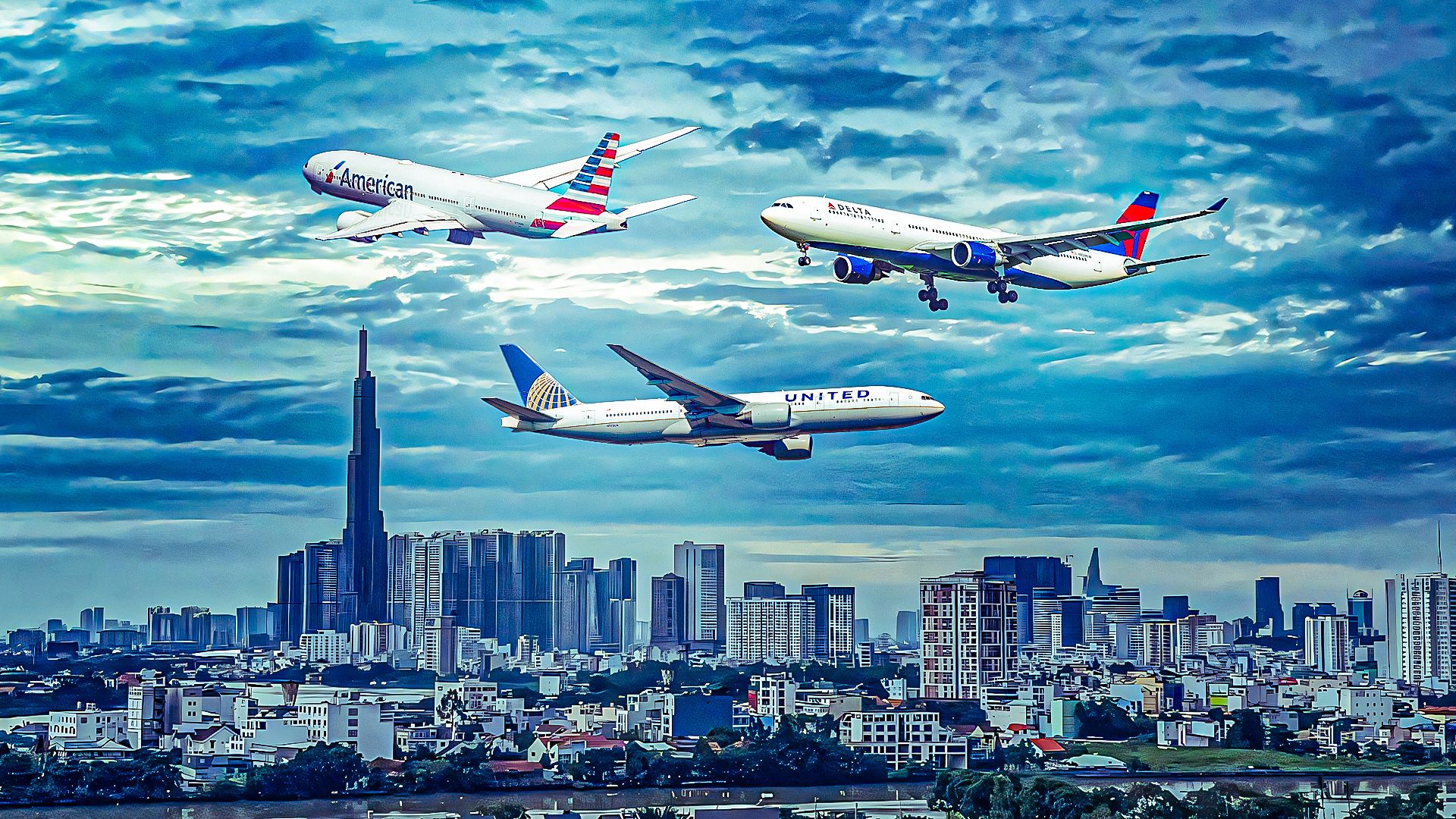
There are currently no direct flights between the United States and Vietnam, with major US airlines such as American Airlines, United Airlines, and Delta Air Lines focusing on other Asian markets. This absence of service raises questions about the operational hurdles and market dynamics that could be influencing these decisions.
Vietnam’s International Airports
Vietnam features two primary international gateways: Tan Son Nhat International Airport (SGN) in Ho Chi Minh City and Noi Bai International Airport (HAN) in Hanoi. In 2022, SGN processed over 39 million passengers, establishing itself as the country’s busiest airport and a crucial hub for Vietnam Airlines. Noi Bai, serving just under 30 million passengers, is the second-largest airport and also serves as a base for Vietnam Airlines, which operates numerous international flights from both locations.
Flight connections from Vietnam to key global cities illustrate the potential for direct services from the US. For instance, flights from Ho Chi Minh City to London Heathrow Airport (LHR) and Paris Charles de Gaulle Airport (CDG) are well-established. The growing popularity of destinations like Da Nang International Airport (DAD) further indicates a vibrant tourism market. In 2024, DAD processed more than 15 million passengers, and Emirates recently began services to this airport.
Challenges for US Airlines
One of the main obstacles preventing US airlines from entering the Vietnamese market is the high operational costs associated with such long-haul flights. Many of these routes would be classified as ultra-long-haul, with westbound flights taking approximately 16 hours and eastbound flights around 15 hours. Operating a round trip could require over 30 hours of aircraft utilization, posing challenges for airlines that could generate more revenue through a higher number of shorter flights.
Moreover, longer flights necessitate a larger crew to manage in-flight rest periods for pilots and cabin attendants, adding further costs. Instead of directly serving the US-Vietnam route, major US carriers often opt to connect passengers through partner airlines at established hubs in the Asia-Pacific region. This strategy allows them to maintain service without the overhead of direct flights.
US carriers can route passengers through various hubs, including Hong Kong International Airport (HKG) for American Airlines, Tokyo Narita Airport (NRT) for United Airlines, and Seoul Incheon International Airport (ICN) for Delta Air Lines.
Market Dynamics and Future Prospects
The market between the US and Vietnam is substantial, particularly with a significant Vietnamese diaspora on the West Coast. However, most travelers are visiting friends and relatives (VFR), a demographic that tends to be more price-sensitive compared to business travelers. The availability of one-stop options, often at lower fares, makes it difficult for a US airline to justify direct services.
Despite these challenges, there is potential for future growth. United Airlines has announced plans to start flights from Los Angeles International Airport (LAX) to Ho Chi Minh City, but these will not be non-stop. Instead, the route will operate via Hong Kong starting on October 26, 2025. United Airlines will utilize the Boeing 787-9, known for its efficiency on long routes.
The airline plans to deploy a fleet of 45 Boeing 787-9s, each configured to accommodate up to 257 passengers. This includes business, premium economy, and economy classes, allowing for a mix of service options. The impending service marks a strategic move, enabling United to maintain aircraft utilization without committing to a full non-stop route just yet.
While there are currently no direct flights from the US to Vietnam, the aviation landscape is evolving. As Vietnam’s tourism sector continues to expand and business ties strengthen, the prospect of non-stop services may eventually become more viable. Notably, Vietnam Airlines has the capability to operate long-haul flights, with a fleet that includes 11 Boeing 787-9s and 14 Airbus A350-900s.
In conclusion, while direct flights remain absent, the evolving dynamics of the aviation market between the US and Vietnam suggest that the future may hold new opportunities for airlines willing to invest in this burgeoning route.
-

 Lifestyle4 months ago
Lifestyle4 months agoHumanism Camp Engages 250 Youths in Summer Fest 2025
-

 Business5 months ago
Business5 months agoKenvue Dismisses CEO Thibaut Mongon as Strategic Review Advances
-

 Sports4 months ago
Sports4 months agoDe Minaur Triumphs at Washington Open After Thrilling Comeback
-

 Sports5 months ago
Sports5 months agoTupou and Daugunu Join First Nations Squad for Lions Clash
-

 Top Stories5 months ago
Top Stories5 months agoColombian Senator Miguel Uribe Shows Signs of Recovery After Attack
-
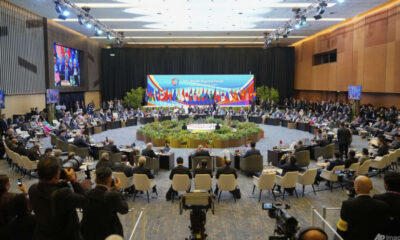
 World5 months ago
World5 months agoASEAN Gears Up for Historic Joint Meeting of Foreign and Economic Ministers
-

 Health4 months ago
Health4 months agoNew Study Challenges Assumptions About Aging and Inflammation
-

 Business5 months ago
Business5 months agoOil Prices Surge Following New EU Sanctions on Russia
-

 Entertainment4 months ago
Entertainment4 months agoDetaşe-Sabah Violin Ensemble Captivates at Gabala Music Festival
-
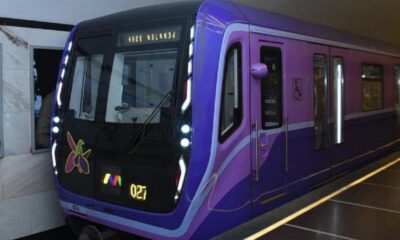
 Entertainment4 months ago
Entertainment4 months agoBaku Metro Extends Hours for Justin Timberlake Concert
-
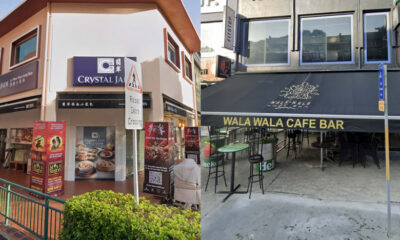
 Top Stories5 months ago
Top Stories5 months agoRethinking Singapore’s F&B Regulations Amid Business Closures
-
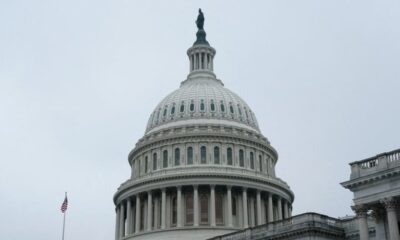
 Business5 months ago
Business5 months agoU.S. House Approves Stablecoin Bill, Sends to Trump for Signature









